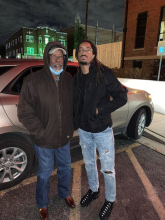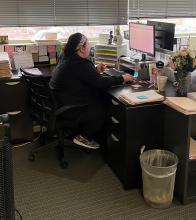This website is no longer updated regularly. Visit the BroadbandUSA website for the most up-to-date information about NTIA's broadband programs, including grant programs and technical assistance materials.
ConnectingUS Featured Post
Welcome to ConnectingUS
Internet For All is already changing lives. Learn more about how increasing access to high-speed Internet service is improving the lives of every day Americans across the country.





